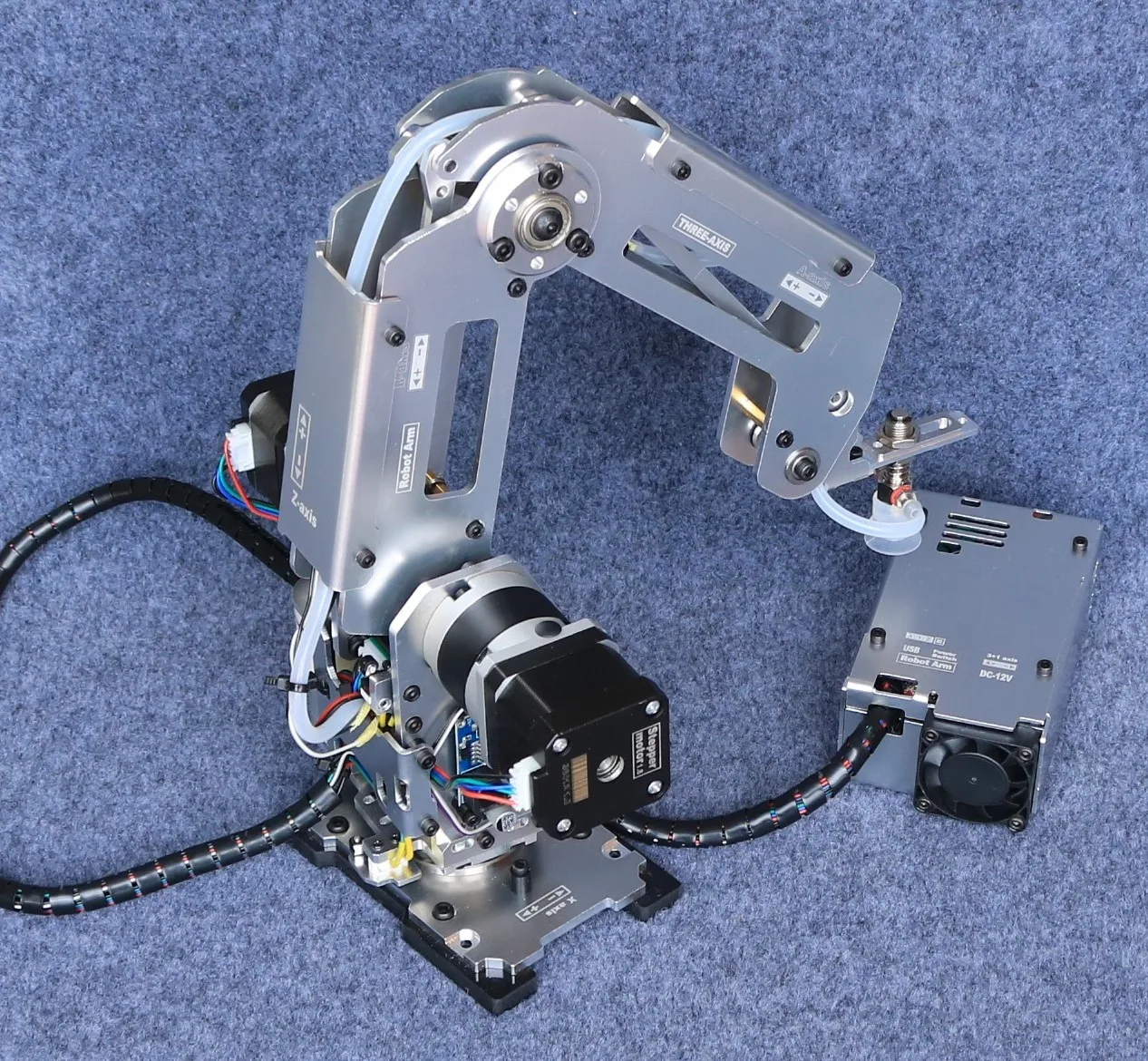In the modern digital era, the interactive screen has become more than just a display — it is now a bridge between technology and human engagement. From classrooms and corporate offices to shopping malls and public spaces, interactive screens are reshaping how people connect, learn, and make decisions. Unlike traditional static displays, these screens allow users to engage directly through touch, gestures, or even voice commands, making technology feel more personal and intuitive.
Understanding the Concept of an Interactive Screen
An interactive screen is a digital display that responds to user input, enabling people to interact with the content shown. This can be done through touch-sensitive panels, motion sensors, or stylus pens. The core purpose of these screens is to enhance user engagement by turning passive viewing into an active experience. Whether it’s a smartboard used in classrooms or a touchscreen kiosk in a shopping center, interactive screens have changed how we access and process information.
The Role of Interactive Screens in Education
Education has seen one of the most profound transformations due to interactive screens. Teachers are no longer limited to chalkboards and printed textbooks; instead, they can use large interactive displays to create dynamic, multimedia lessons. Students can write, draw, or even manipulate digital objects on the screen, making learning more engaging and memorable. The use of an interactive screen promotes collaboration, allowing multiple students to work on the same display simultaneously. This hands-on approach fosters creativity, critical thinking, and active participation in the learning process.
Impact on the Corporate World
In the corporate sector, the interactive screen has become an essential tool for productivity and communication. During meetings and presentations, interactive displays allow participants to share ideas visually and annotate data in real-time. Teams can brainstorm more effectively, and decisions can be made faster with clear, interactive visuals. In addition, video conferencing integrated with interactive screens enables global teams to collaborate as if they were in the same room. This seamless interaction promotes better communication, innovation, and engagement in the workplace.
Transforming Retail and Customer Experience
Retailers are also embracing interactive screens to provide customers with unique and personalized shopping experiences. Touch-enabled kiosks, digital catalogs, and virtual fitting rooms powered by interactive screen technology help shoppers explore products easily and make informed decisions. These screens can display dynamic content, run promotions, or offer tailored recommendations based on customer preferences. By blending digital convenience with in-store experiences, businesses can strengthen their brand image and build stronger customer relationships.
Enhancing Public Information and Navigation
In public spaces like airports, museums, and transportation hubs, interactive screens serve as vital information centers. Travelers can check flight details, find directions, or explore maps by simply touching the screen. In museums, visitors can access multimedia exhibits, watch educational videos, or learn more about displayed artifacts interactively. This use of interactive screen technology not only enhances convenience but also makes information more accessible and engaging for everyone.
Revolutionizing Healthcare Communication
The healthcare industry has also benefited greatly from the adoption of interactive screens. Hospitals and clinics now use them for patient check-ins, wayfinding, and health education. Doctors can use interactive displays to explain diagnoses and treatment plans to patients visually, improving understanding and trust. These screens can also assist medical staff in sharing and analyzing data more efficiently, leading to faster decision-making and improved patient outcomes. The interactive screen has become an essential component in enhancing both patient experience and operational efficiency.
The Technology Behind Interactive Screens
Behind the seamless user experience of an interactive screen lies advanced technology. Most modern displays use capacitive touch technology, which detects electrical signals from the human body to register touch inputs. Some high-end models integrate infrared or optical sensors for multi-touch and gesture-based interactions. Combined with powerful software, these screens provide smooth, real-time responsiveness that feels natural and effortless. With ongoing innovations such as AI integration and haptic feedback, interactive screens are becoming smarter, more adaptive, and increasingly immersive.
The Future of Interactive Screens
As technology continues to evolve, the interactive screen will play an even greater role in shaping digital experiences. Future screens are expected to be more flexible, portable, and eco-friendly. Advances in artificial intelligence and augmented reality will further expand their capabilities, allowing users to interact with virtual elements in real space. In education, we might see fully interactive learning environments where students collaborate with AI tutors on touch-responsive walls. In retail and entertainment, holographic displays may replace traditional screens altogether, offering a new level of visual immersion.
Conclusion
The interactive screen has become a defining feature of modern technology, merging human interaction with digital innovation. Its applications span across industries — from education and healthcare to business and entertainment — bringing efficiency, creativity, and engagement to every environment. As interactive technology continues to evolve, these screens will not just display information but create meaningful connections between people and the digital world. The future belongs to experiences that invite participation, and the interactive screen is at the heart of this transformation.


